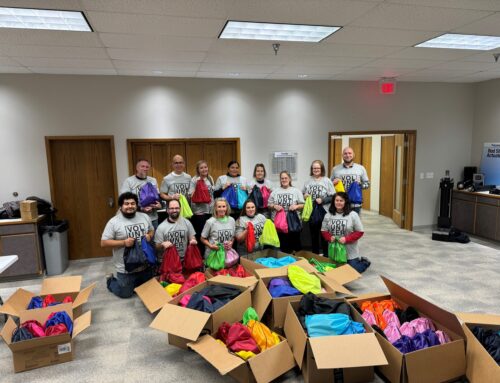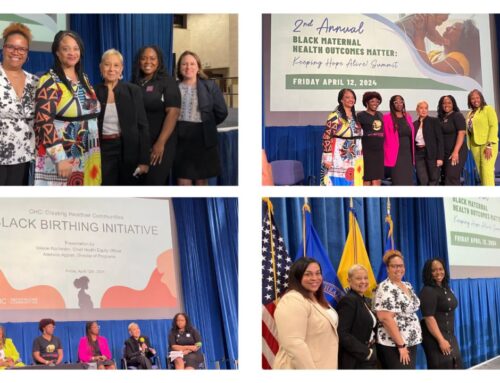Storytelling 101: Tips for Creating Compelling Campaign Marketing Materials
Storytelling plays a crucial role in connecting people and creating a sense of empathy and understanding. Nonprofits often have powerful origin stories rooted in personal experiences that inspire others to join their cause. By integrating these nonprofit stories into your campaign marketing materials, you can effectively communicate their mission, values, and the impact they strive to make in the world and encourage employees to support them through the campaign.
Creating impactful campaign collateral requires a thoughtful and strategic approach. Here are some steps to help you craft marketing materials that leave a lasting impression and inspire employees to give to the nonprofits they care about:
- Identify and Prepare: Before you can tell a story, you need to figure out the format your going to use to tell the story. There are many ways to deliver a message so map out all your options ahead of time so you can gather your content and create a communication checklist and timeline.
- Solicit Content: Nonprofits have a treasure trove of materials and will jump on any opportunity to share them. Don’t be shy about asking for content like video share links, impactful images, user stories, what a dollar buys and community impact statements.
- Origin Story: New employees or even some seasoned staff may not be aware of the workplace giving campaign and why it exists. It never hurts to provide a little history as to why your company started the campaign in the first place and how it has evolved over the years.
- Show and Tell: You can tell the same story in many ways to reach various types of employees. Here are some helpful ways to share campaign and nonprofit messaging with employees:
- Videos – Add a short nonprofit video to digital communications for various nonprofits and causes.
- Photos – A good photo really is worth a thousand words and can attract attention on printed materials in high traffic areas.
- User Story – The people who directly benefit from a nonprofit are the best storytellers for why supporting that nonprofit or cause is impactful.
- In-person – Plan a social event and invite speakers from the nonprofits or even ask staff to share their testimony about why they give.
- Impact: You can combine storytelling with impact reporting. Tell stories that directly showcase the impact a nonprofit has had on a community and directly highlight how the donor contributions are used. This not only helps retain previous donors but attracts new ones – since they get to see how their gifts were and will be used.
- Make it Relatable: Weave your story in a way that resonates with your audience’s experiences and aspirations. Highlight how nonprofit programs and services impact communities they live in. Remember, many nonprofits serve a variety of causes, many of which impact everyone, not just a specific demographic. In a survey conducted by Classy 53% of donors reported contributing towards a cause they care about while 47% surveyed said they are emotionally invested in the cause they are supporting.
- Call to Action: Always end with a clear and compelling call to action. Encourage employees to take the next step and participate in the workplace giving campaign and support the causes they care about. Most employees who don’t give say it’s because they were never asked.
- Test and Iterate: Continuously test and refine your marketing materials based on feedback and analytics. Monitor the response and engagement of your audience and adjust to improve the impact of your messaging.
Ultimately, storytelling is a powerful tool for nonprofits to create an emotional bond, inspire action, and build a community of like-minded individuals who share their passion for positive change. By connecting through storytelling, you can effectively convey the purpose of the campaign, engage employees, and drive support for the causes they care about.








